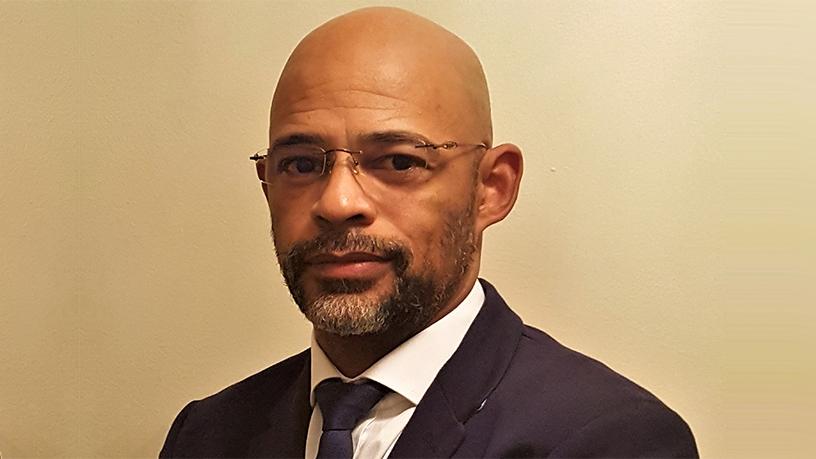
Scheduling of transportation mediums is a complex and onerous task, relying on many assets, both human and mechanical.
Meeting of Minds: ITWeb Artificial Intelligence 2018
Register now to attend Meeting of Minds: ITWeb Artificial Intelligence 2018 at The Forum, Bryanston on 1 and 2 August. Dr Aimee van Wynsberghe will join other industry leaders in discussing their experience of the best practices for artificial intelligence, machine learning, IOT and robotics. For the agenda, click here.
Creating a schedule that looks at workforce capacity, labour laws and the availability of buses relies on a linear computational strategy of fitting the blocks as best as possible.
Artificial intelligence (AI) allows for a non-linear approach that can factor in possible vehicle failure and driver behaviour to predict potential absence to create the most likely planning scenario.
"The customer or public transport user benefits from a far more reliable service. The scheduler sits with a system that does not rely on institutional knowledge to schedule effectively."
This is the word from Nigel Solomons, IT manager at Golden Arrow Bus Services, who will present at Meeting of Minds: ITWeb Artificial Intelligence 2018, about how the combination of various disparate AI technologies can change a whole industry. The event will be held at The Forum in Bryanston on 1 and 2 August.
According to Solomons, AI is already in use in London as part of Transport for London's initiative to combat the increase in fare evasion. "What they found was that all passengers were inconvenienced by various anti-fare evasion initiatives."
For example, all passengers had to present tickets to an inspector. AI has been implemented to evaluate all passengers going through the various validation mechanisms, and then recognise those evading fares.
Passengers are followed via CCTV and through AI, fare evaders are identified, and their details sent to the inspector on a handheld device. "At one time, 200 passengers would be stopped; now this only happens to actual evaders."
Solomons cites Italy and other parts of Europe as further areas where AI has been implemented to count via 3D imaging the number of passengers boarding a bus.
"These counters are checked against actual ticket validations to determine an evader. AI overcame the problem of density when multiple passengers board a bus. By identifying every type of body movement, and then distinguishing between adults, children, animals and even prams and luggage, it gets to 98% accuracy."
During his presentation, Solomons will discuss how AI is shaping the transport industry, and how all the individual AI initiatives, such as autonomous vehicles, route optimisation, fare collection systems and more will facilitate this change.
Share